
SECOND PRIZE: 2012 national competition project #068 | cafeteria redesign
There are many factors that play key roles into all aspects of the physical world -most not readably noticeable yet important and omnipresent. It is a summation of all these factors that creates an ambient that can be considered to be an approximation of reality. It is to this approximation and the optimization of the possible solutions for that scenario that the designs for a potential reality are created. The way the world and all of its elements interact with one another and with the design is to be the focus of the design project.
For HelioCentric it is the careful consideration of all of the factors of the environment and their effect on the structure and space that is meant to create a harmonious synthesis that may exist in a sustainable manner, and provide room for the complex interactions that occur between humans and their environment. Its design is to accommodate the human beings, and enable their interactions to occur in a beneficial fashion, such that the exchange of knowledge and thought may transgress what would normally occur in a design-neutral space.
Examining the conditions of the space- such as its relative position to the sun, the climate and weather patterns- and integrating the utility of the building -what it serves as, who it serves, and how it does so- renders a fairly complete image of the needs that need be addressed for the design challenge. In the case of HelioCentric, the main use of the space is as a cafeteria, where food may be served and consumed, but due to the intricacies that form our world, many other uses must too be considered. Among these are the use of the space as a place for gatherings, presentations, celebrations, and other functions that require wide spaces.
It must have been made perceptible, by this long list of considerations, what intricate interactions must be thought of while designing a new cafeteria space. In a way, there are so many connections revolving around this project, that one can think of it as a microcosmos - a small solar system.
For this reason, and the design's central support on sustainability, the project has been given the name of HelioCentric.

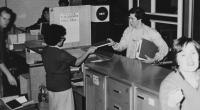


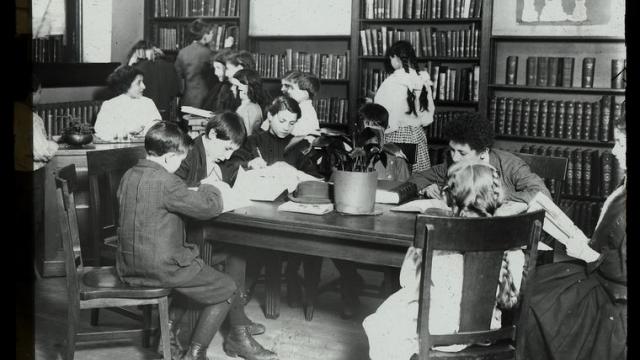
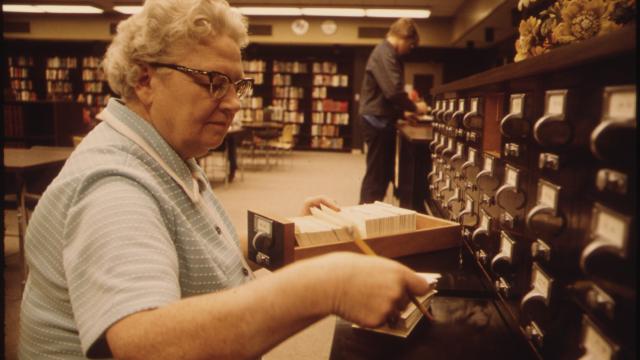
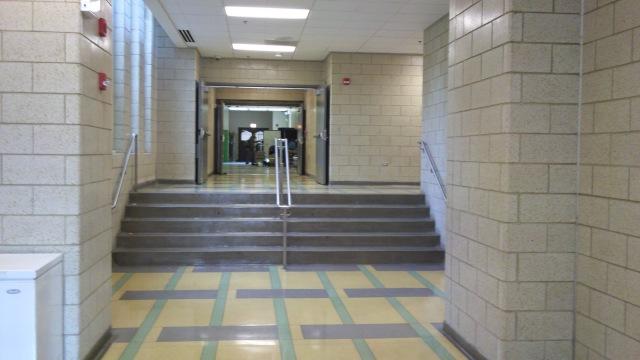









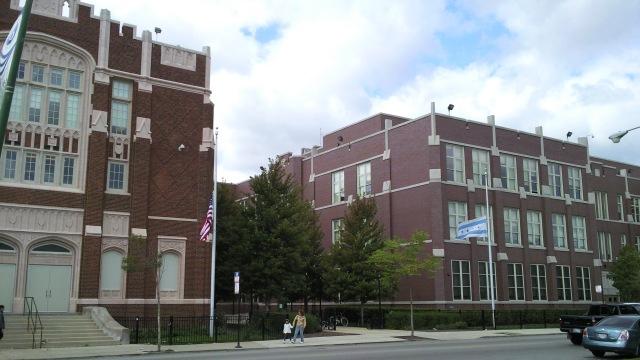

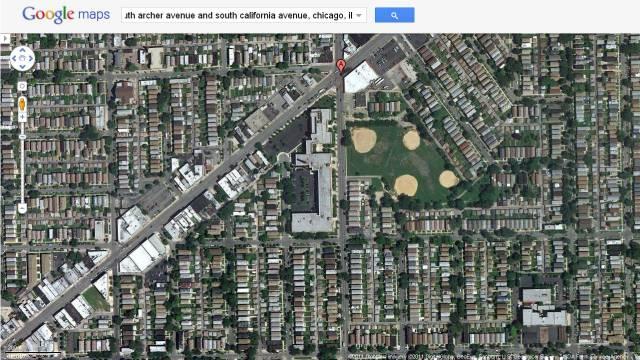






















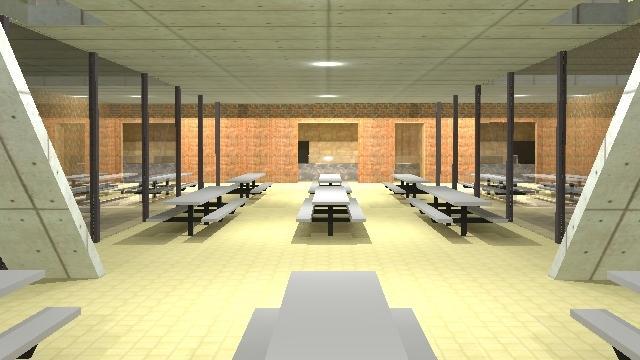

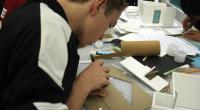








Comments
This is an insightful and refreshing introduction. I look forward to seeing and experiencing the continuation of the process you have identified. Excellent overview!
This is a poetic intro that seems to transcend the design challenge and convey a broader understanding of design.